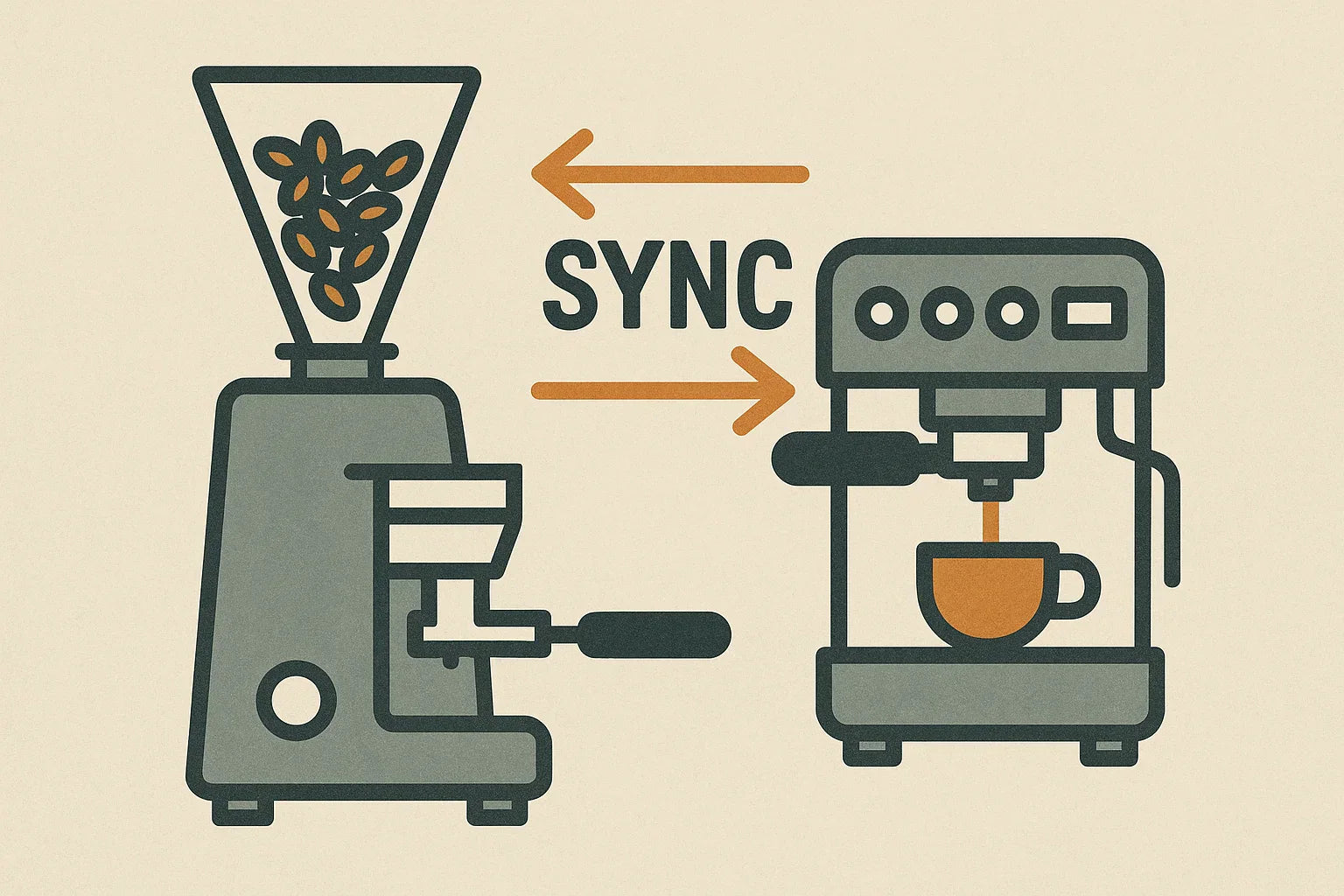What share of the emissions generated during coffee production are caused by transportation? We've developed a calculator that can help you calculate your transportation emissions. The calculator can also be applied to any product that involves a longer transport route, especially shipping or air transport.
Origin of the data
We took the data from Mobitool . All values are well-to-wheel data. This means that not only the combustion of the fuel is taken into account, but also the efficiency, i.e., how much of the fossil primary energy source is required for the distance traveled. This also accounts for the losses and emissions associated with fuel supply. However, the maintenance of the vehicles and infrastructure, as well as the production and disposal of the vehicles, are still missing.
Using the computer
We use the calculator for our own coffees. Using our coffees from Nicaragua as an example, we'll show you how we use the calculator.
We purchased 4,780 kg of the 2021/22 harvest from our partner Bridazul in Nicaragua. Part of this comes from our Santa Rita farm, but also from other farms in the Dipilto region north of Ocotal. In this case, however, we only consider the transport from the warehouse, where our coffees were stored in bags, to the port. This transport can therefore be applied to all of these coffees. We consider all transport costs prior to this when calculating the farm or the green coffee.
The journey of coffee from Nicaragua to Basel
The warehouse is located in Ocotal, Nueva Segovia, Nicaragua, 257 km from the port in Corinto.
To determine the distances of the transport routes, we use Google Maps for the land route.
The container ship sails via Balboa, Panama, to Manzanillo, Mexico and then to Antwerp, Belgium.
The searates transport calculator makes it easy to calculate shipping routes. This gives us a total distance of 16,742 km via container ship.

Once the coffee arrives at the port in Antwerp, it is loaded onto the next truck and transported the final 600 km to Basel. We then pick it up at the port with our own bus. As with the cultivation process, the final few kilometers are transported to the roastery, where it is loaded.
In the picture you can see how we filled the fields for our coffee.

Notice
The more you know about the mode of transport, the more accurate the result can be. Otherwise, you'll have to resort to "Truck, Average," as in the example shown in the image.
Result
In our case, the majority of emissions are attributable to transport by container ship. This is mainly due to the coffee's odyssey, passing through three ports.
Notice
If you copy your result into Excel, make sure that the points in Excel are usually not automatically converted to commas.

Classification
With a footprint of approximately 2.7 tonnes of CO₂ equivalents for the 4.78 tonnes of green coffee, transport emissions from Nicaragua to Switzerland amount to 0.56 kg CO₂e / kg of green coffee.
Let's put the numbers into context and consider cultivation, transport, and roasting. For cultivation, we assume a footprint of 3 kg CO2e/kg of green coffee production, and for roasting, our roastery footprint of 0.45 kg CO2e/kg of coffee. (You can find more details on our roastery's footprint here. )
Taking into account 15% roasting loss, the assumed coffee from Nicaragua causes a total footprint of 4.9 kg CO2e /kg coffee.
This makes it clear once again that the key to sustainability in coffee is sustainable, regenerative coffee cultivation.
In this case, emissions from transport only account for a small part of the chain. But if we consider regenerative coffee, in which case the cultivation is climate-neutral (or climate-positive), these emissions account for over 60%.
So, first and foremost, the coffee plays a role, but secondarily, transportation. We roasters have it in our hands. Alternatives already exist; they just need to be used.
CO₂ calculator
Amount of coffee
In origin
Explanation
Pick up Truck 7.5t Truck 18t Truck 26t Truck 32t Truck 40t Trucks, averageInternational transport
Explanation
Airplane container shipIn the EU
Explanation
Truck 3.5t Truck 7.5t Truck 18t Truck 26t Truck 32t Truck 40t Trucks, average inland waterway vessel E/Diesel locomotive, EU average


























